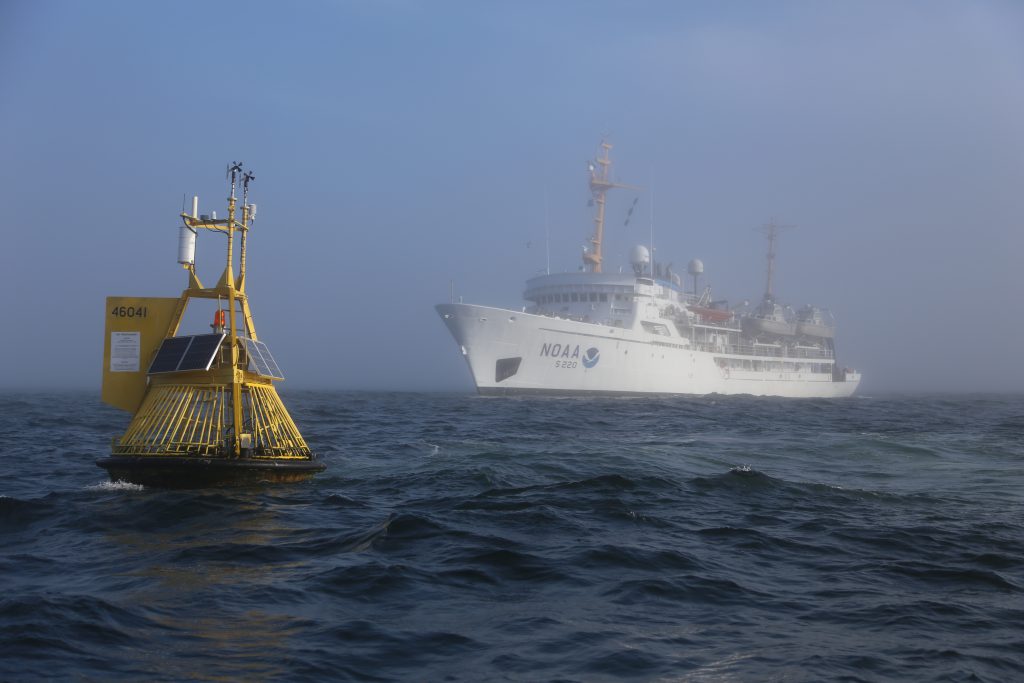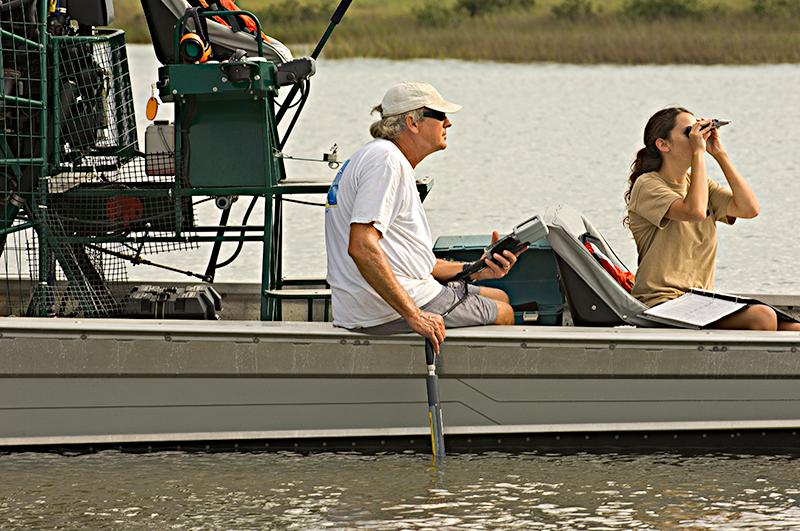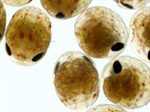Release of SOCAT Version 4 – The first annual release using automated data upload
The Surface Ocean CO2 Atlas (SOCAT, www.socat.info) is a synthesis activity by the international marine carbon research community (>100 contributors). SOCAT version 4 has 18.5 million quality-controlled, surface ocean fCO2 (fugacity of carbon dioxide) observations with an accuracy of better than 5 μatm from 1957 to 2015 for the global oceans and coastal seas. Automation of data upload and initial data checks speeds up data submission and allows annual releases of SOCAT from version 4 onwards. SOCAT enables quantification of the ocean carbon sink and ocean acidification and evaluation of ocean biogeochemical models. SOCAT represents a milestone in research coordination, data access, biogeochemical and climate research and in informing policy.
Release of SOCAT Version 4 – The first annual release using automated data upload Read More »






